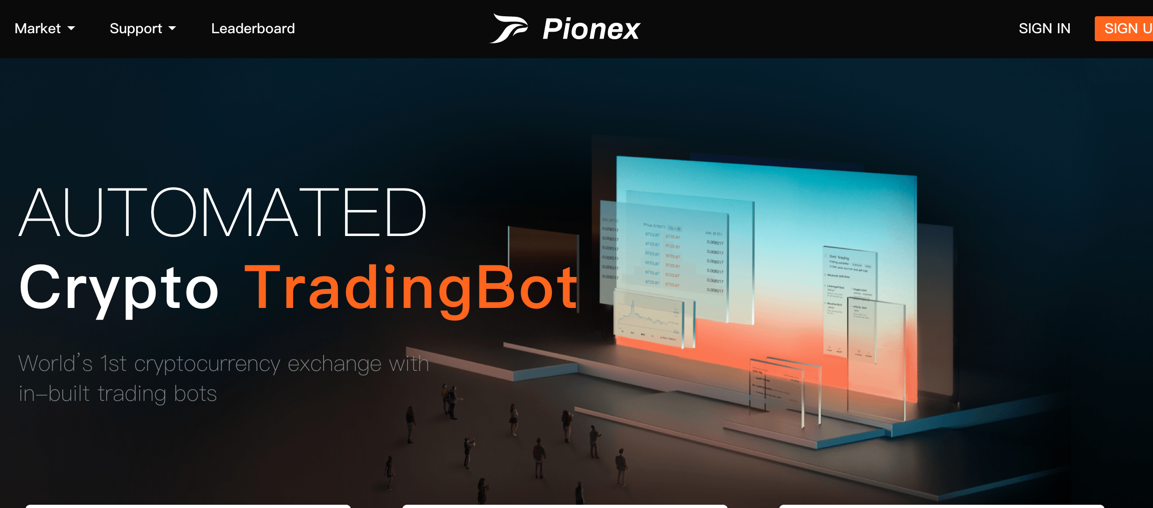Backtesting a trading strategy across various time frames is vital to assess its reliability. Since different timeframes can offer different views on market patterns and price fluctuations it is crucial to backtest the strategy using a variety of time frames. The backtesting of strategies across different timeframes can assist traders to gain a greater comprehension of how they perform in different markets. This will allow them to evaluate if their strategy is stable and reliable across different time frames. A strategy that is successful in a daily setting may not do as well in a more extended time frame that is, for instance, weekly or monthly. Backtesting the strategy on both daily and weekly timeframes, traders are able to identify any possible inconsistencies within the strategy, and make adjustments according to the need. Backtesting with multiple timeframes also offers the advantage in helping traders choose the most appropriate timeframe to implement their strategy. Different traders might have different preferences regarding trading frequency, so backtesting using different timeframes can aid traders in determining the time horizon that works best for their strategy and their particular trading style.In conclusion, testing back on different timeframes is essential for verifying the robustness of a trading plan and to determine the most appropriate time duration for the strategy. Testing the strategy over different timeframes lets traders gain a better understanding of its performance so that they are able to make better judgments about its reliability. View the top auto crypto trading bot for website info including what is backtesting, automated crypto trading, divergence trading, stop loss in trading, algorithmic trading bot, crypto trading backtester, algo trading software, crypto trading backtesting, backtest forex software, psychology of trading and more.

Backtesting Multiple Times Is A Fast Method Of Computing.
Although backtesting across multiple time frames is more efficient for calculation, it can be just as quick to backtest within a single timeframe. The main reason to backtest using multiple timeframes is the need to check the effectiveness of the strategy and to ensure that it performs consistently across different timespans and market conditions. The process of backtesting the same strategy across multiple timeframes means that the strategy is tested in different time frames (e.g. daily and weekly, as well as monthly) and then the outcomes are then analyzed. This gives traders a better understanding of the strategy's performance, and help to identify potential weak points or inconsistencies. Backtesting on multiple timeframes could make the process more complex and take longer needed for the procedure. If backtesting on multiple timeframes, traders should evaluate the potential benefits versus the extra computation and time demands. However testing multiple timeframes can be an effective method to test the reliability and stability of a strategy across different market conditions and times. Backtesting with multiple timeframes is a decision that traders should consider the potential benefits in addition to the added computational time and the complexity. See the top bot for crypto trading for more tips including crypto trading, best indicator for crypto trading, what is backtesting in trading, trading psychology, automated trading systems, automated cryptocurrency trading, backtesting strategies, backtest forex software, algorithmic trading software, algorithmic trading bot and more.

What Are The Backtest Considerations Regarding Strategy Type, Element And Number Of Trades
It is important to be aware of the following important aspects to consider when backtesting a strategy including the strategy's type and elements; the trade volume. These aspects could affect the results of backtesting and should be considered when assessing the strategy's performance. Strategy Type- Different trading strategies such as trend-following and mean-reversion have different market assumptions and behavior. It is important to take into account the kind of strategy that will be tested back and then select market data that are suitable for that particular type.
Strategies Elements- These components, including the entry and exit rules such as position sizing and risk management can influence the outcomes of backtesting. It is vital to analyze the performance of the strategy, and make any changes to ensure it is strong and reliable.
Number of Trades The number of backtests can also impact the results. Large numbers of trades can provide a more thorough view of the strategy's performance, but they can also increase the computational requirements of the process of backtesting. Although a smaller amount of trades may result in a faster and easier backtesting process, it may not give a complete view of the strategy's effectiveness.
When back-testing the effectiveness of a trading strategy, it is essential to think about the type of strategy, the strategy elements, as well as the amount of transactions to achieve accurate and reliable results. These factors will help traders evaluate the strategy's performance and make educated decisions regarding its reliability and durability. View the top rated what is backtesting in trading for website tips including backtesting tool, algorithmic trade, stop loss, algo trading platform, forex tester, crypto strategies, cryptocurrency automated trading, algo trading, rsi divergence cheat sheet, backtesting tool and more.

What Are The Main Factors That Determine The Equity Curve And Performance?
In evaluating the performance of a trading strategy by backtesting, there are several important criteria traders can use to determine if the strategy is successful or not. This could be the equity curve, performance indicators or the number of trades. It provides information about the overall trend and performance of the strategy's trading strategies. If an equity curve displays consistent growth over time and very little drawdowns, then a strategy could meet this requirement.
Performance Metrics - Aside of the equity curve, traders could consider other performance metrics when looking at trading strategies. The most frequently used metrics are the Sharpe ratio. They also take into account the maximum drawdown as well as the duration of trade. This criterion can be passed if performance metrics are within acceptable limits and show consistent and reliable performance during the backtesting period.
Quantity of Trades: The number of trades that were executed in backtesting could be an important aspect in assessing the effectiveness of a strategy. If a method generates enough trades in the backtesting time to provide a complete report of its performance it could be deemed to be in compliance with this requirement. You should remember, however that a significant number of trades doesn't necessarily indicate that the strategy is successful. Other factors such as the quality of trades should be considered as well.
In the end, backtesting can be used to evaluate the performance of a trading system. It is important to take into account the equity curve, performance indicators as well as the volume of trades so that you make an informed choice regarding the strength and reliability of your strategy. These criteria can help traders evaluate their strategies' effectiveness and make the necessary changes to improve the results.